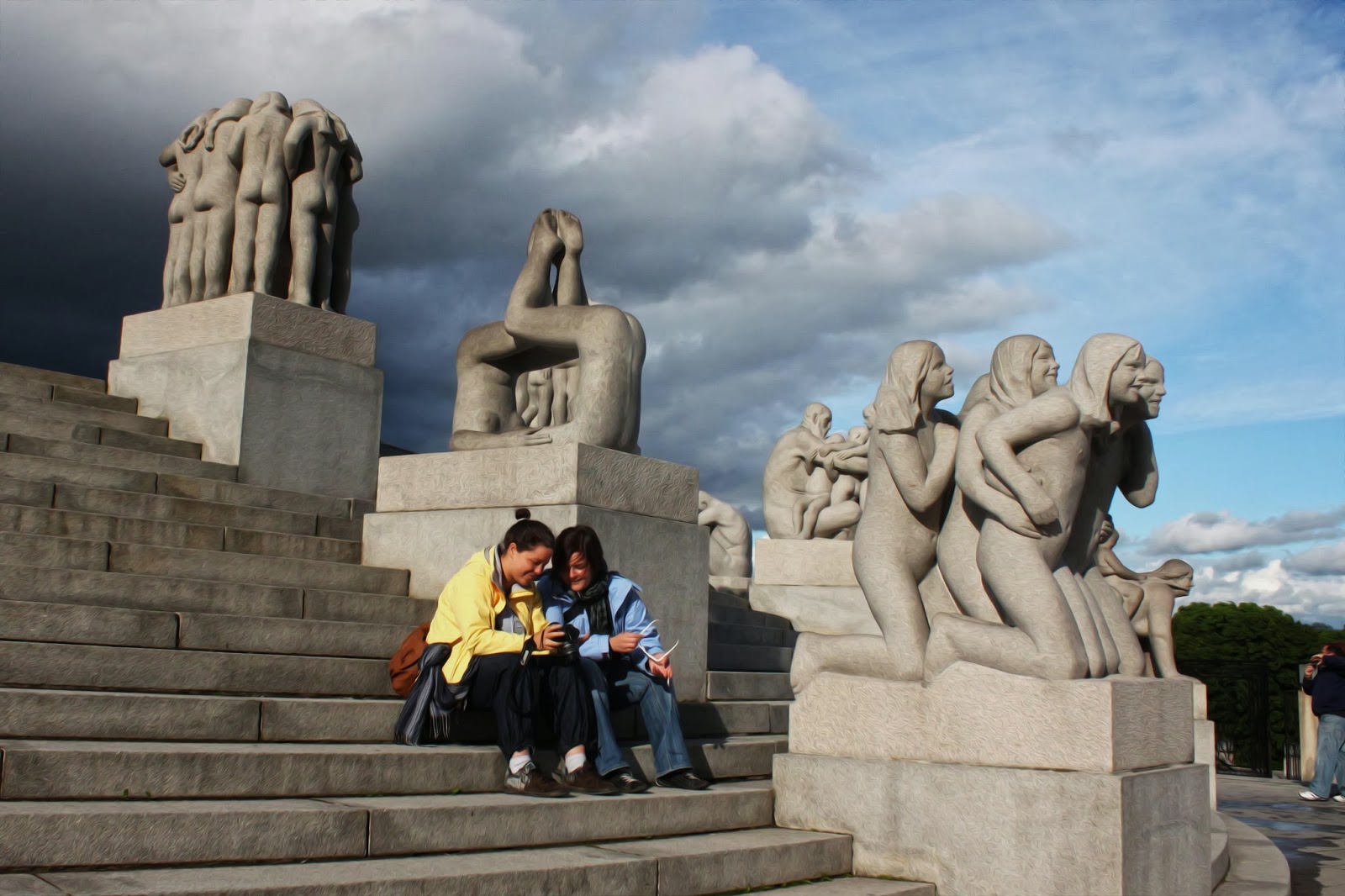My first memorable visit to Agra was with family in June 2012. There is more to Agra than just Tajmahal in fact 3 Tajmahals as the locals refer to them. More about the other 2 Tajmahals later in this Blog.
We had booked into a budget hotel just about 100M from Taj which had claimed on his website that their terrace and even some of the rooms offered a good view of Taj The owner was right on both the counts and Taj was in fact just about 10 minutes walk.
Moghuls ruled India between 1526 and 1707 was the most and It lasted another 150 years after Aurangzeb’s death in 1707 (until almost the Indian revolution of 1857) but it did not have the same grandeur as before.
I did not find much variance in what I had read in the school history books and what the guide informed us about Taj that it took 22 years and 22000 labour force to build it. One of the internet site had even revealed that the project cost was approximately US $68000 !
On seeing these large monuments, I keep wondering about the weights involved and how the heavy load handling was managed during those days before the advent of cranes or similar equipment. Even after watching several documentaries on how pyramid like huge constructions were managed by the then experts, none if my questions are answered.
What I understood about the 2nd Tajmahal ..... Shahjahan, soon after the 'white marble' Tajmahal, had planned another one, but a black one - an exact replica of the marble one just opposite the original across river Yamuna as his own burial place. Shahjahan, it seems had even plans to connect the two Taj Mahals, white and the black with a beautifully decorated bridge. Unfortunately he couldn't complete his plans due to the war of succession with his son Aurangzeb.
We did visit the site of the Black Tajmahal where only some foundations are visible today and amongst these we even found a Redwattled Lapwing fiercely protecting her 3 eggs.
Let us come now to the third Taj of Agra known formally as Itmad-ud-Daula's Tomb but more popular as Mini or Baby Taj locally. Baby Taj was commissioned by Nur Jahan the wife of Jahangir for her father Mirza Ghiyas Beg who had been given the title of Itimad-ud-Daulah (pillar of the state). He was also the grandfather of Mumtāz Mahāl the wife of the emperor Shah Jahan.
The tomb, built between 1622 and 1628 represents a transition between the first phase of monumental Mughal architecture - primarily built from red sandstone with marble decorations, as in Humayun's Tomb in Delhi and Akbar's tomb in Sikandra - to its second phase, based on white marble and inlays most elegantly realized in the Taj Mahal.
We had booked into a budget hotel just about 100M from Taj which had claimed on his website that their terrace and even some of the rooms offered a good view of Taj The owner was right on both the counts and Taj was in fact just about 10 minutes walk.
Moghuls ruled India between 1526 and 1707 was the most and It lasted another 150 years after Aurangzeb’s death in 1707 (until almost the Indian revolution of 1857) but it did not have the same grandeur as before.
I did not find much variance in what I had read in the school history books and what the guide informed us about Taj that it took 22 years and 22000 labour force to build it. One of the internet site had even revealed that the project cost was approximately US $68000 !
On seeing these large monuments, I keep wondering about the weights involved and how the heavy load handling was managed during those days before the advent of cranes or similar equipment. Even after watching several documentaries on how pyramid like huge constructions were managed by the then experts, none if my questions are answered.
What I understood about the 2nd Tajmahal ..... Shahjahan, soon after the 'white marble' Tajmahal, had planned another one, but a black one - an exact replica of the marble one just opposite the original across river Yamuna as his own burial place. Shahjahan, it seems had even plans to connect the two Taj Mahals, white and the black with a beautifully decorated bridge. Unfortunately he couldn't complete his plans due to the war of succession with his son Aurangzeb.
We did visit the site of the Black Tajmahal where only some foundations are visible today and amongst these we even found a Redwattled Lapwing fiercely protecting her 3 eggs.
Let us come now to the third Taj of Agra known formally as Itmad-ud-Daula's Tomb but more popular as Mini or Baby Taj locally. Baby Taj was commissioned by Nur Jahan the wife of Jahangir for her father Mirza Ghiyas Beg who had been given the title of Itimad-ud-Daulah (pillar of the state). He was also the grandfather of Mumtāz Mahāl the wife of the emperor Shah Jahan.
The tomb, built between 1622 and 1628 represents a transition between the first phase of monumental Mughal architecture - primarily built from red sandstone with marble decorations, as in Humayun's Tomb in Delhi and Akbar's tomb in Sikandra - to its second phase, based on white marble and inlays most elegantly realized in the Taj Mahal.

















